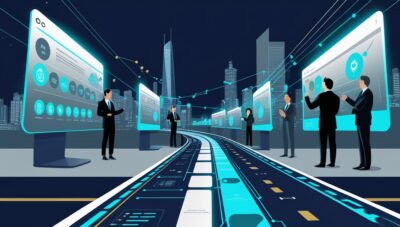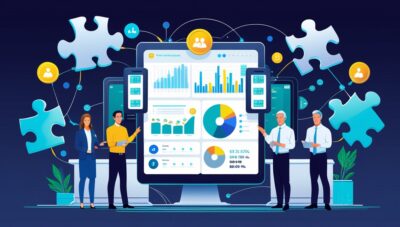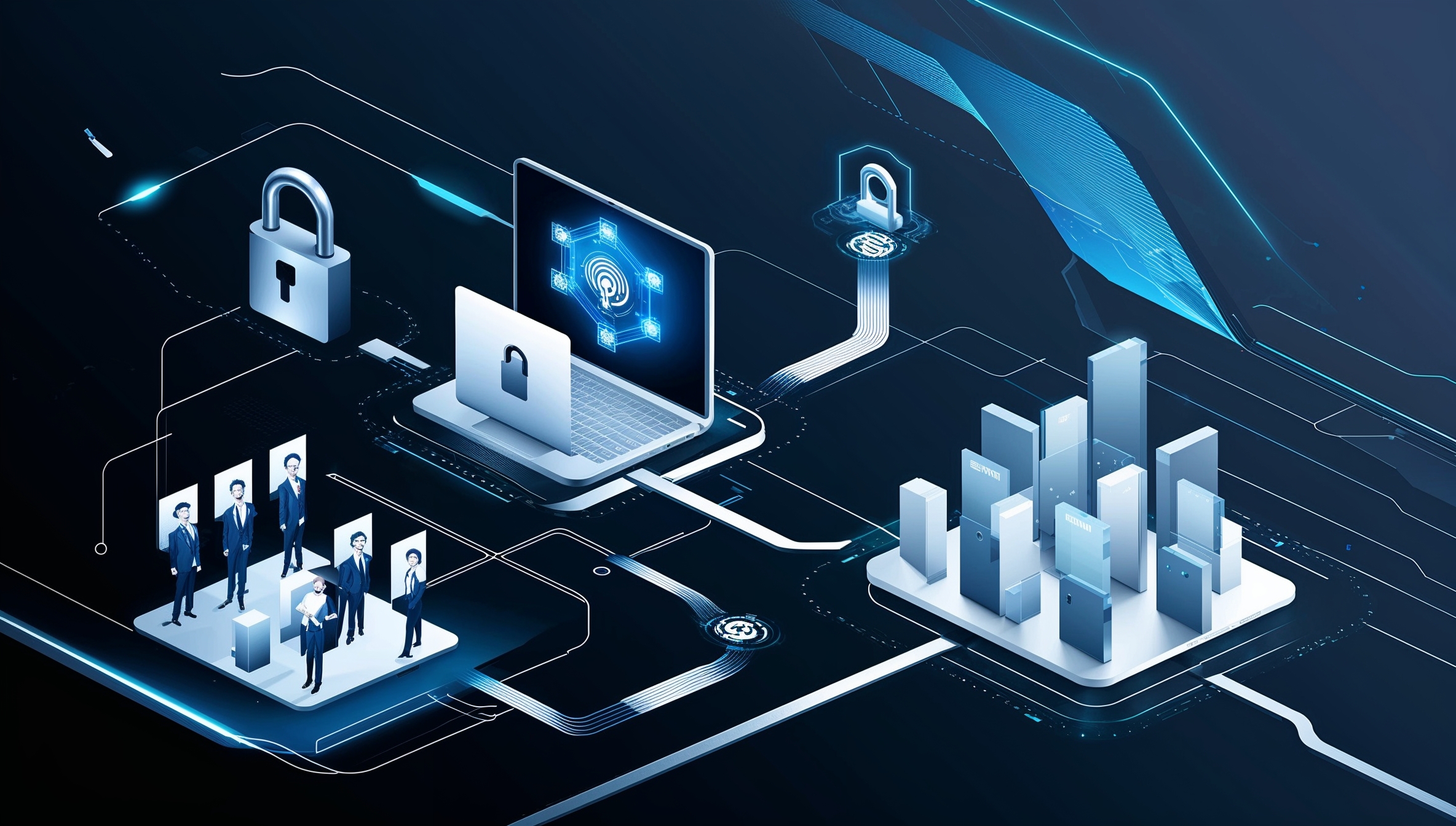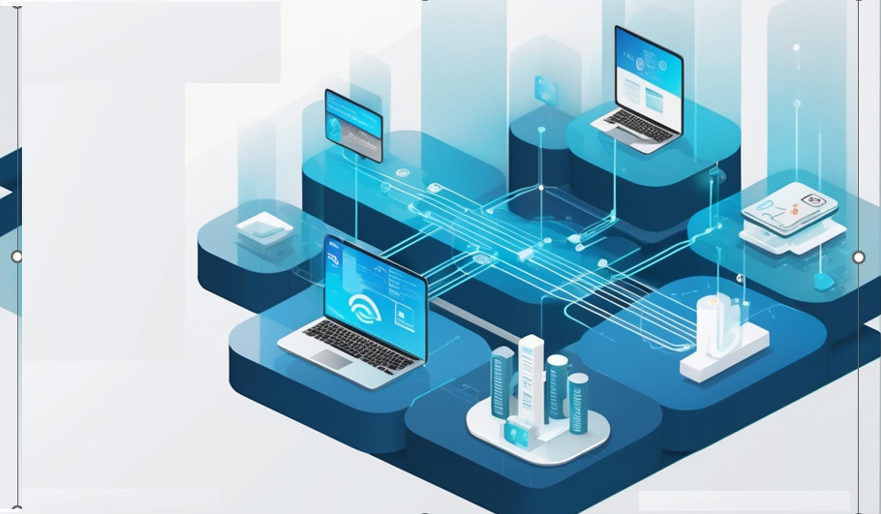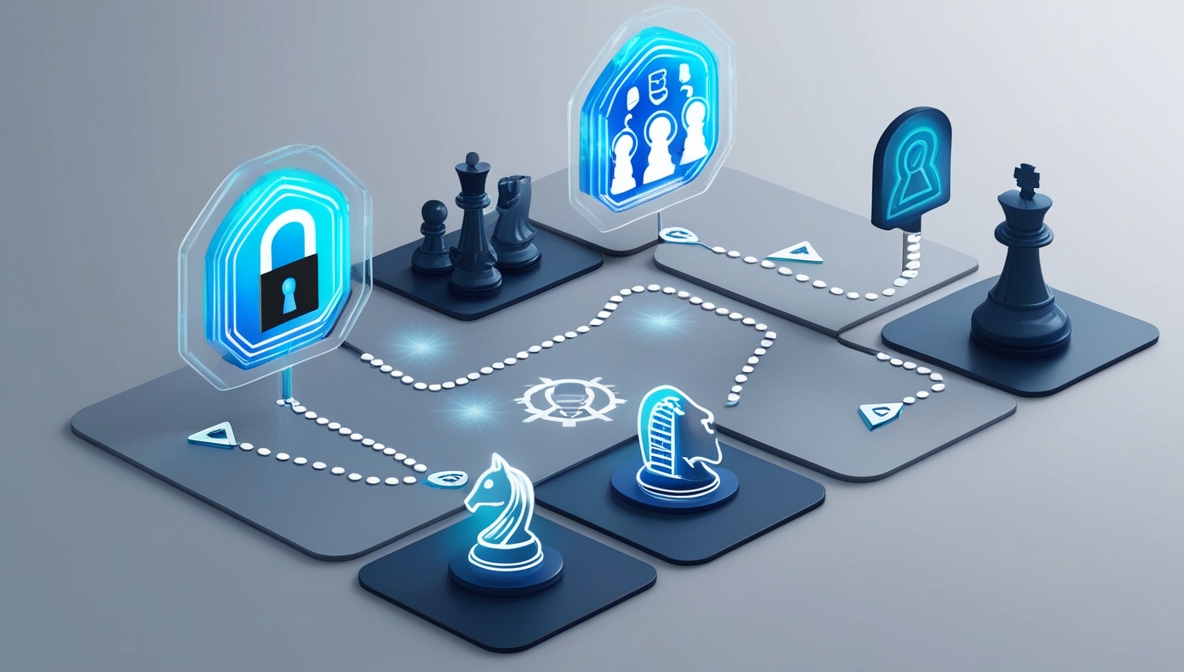| Healthcare |
Enhance Patient Care |
Implementing Electronic Health Records (EHR) for streamlined patient information management and improved care delivery. |
| Improve Diagnosis Accuracy |
Leveraging AI-powered diagnostic tools to analyze medical imaging for more accurate and faster diagnoses. |
| Reduce Operational Costs |
Deploying Robotic Process Automation (RPA) to automate administrative tasks and reduce operational expenses. |
| Enhance Research Capabilities |
Using Big Data analytics and High-Performance Computing (HPC) for advanced medical research and drug discovery. |
| Improve Patient Experience |
Developing patient portals and mobile apps for easy access to health records, appointment scheduling, and communication. |
| Financial Services |
Enhance Data Security |
Implementing advanced cybersecurity measures, including encryption and multi-factor authentication, to protect sensitive financial data. |
| Improve Customer Service |
Deploying AI-driven chatbots and Virtual Assistants for 24/7 customer support and query resolution. |
| Optimize Risk Management |
Utilizing predictive analytics and real-time data processing to monitor and mitigate financial risks. |
| Increase Product Innovation |
Leveraging blockchain technology to develop new financial products and services like cryptocurrencies and smart contracts. |
| Enhance Regulatory Compliance |
Implementing Compliance Management Systems integrated with AI to ensure real-time adherence to evolving financial regulations. |
| Manufacturing |
Optimize Supply Chain |
Implementing IoT devices and analytics for real-time monitoring and optimization of supply chain operations. |
| Improve Production Efficiency |
Adopting automation and Industry 4.0 technologies to optimize production lines and reduce downtime. |
| Enhance Product Quality |
Deploying quality management software integrated with real-time monitoring to ensure product standards and compliance. |
| Increase Operational Safety |
Using advanced sensors and AI for predictive maintenance and to monitor workplace safety. |
| Reduce Environmental Impact |
Implementing energy management systems and sustainable manufacturing practices powered by analytics. |
| Retail |
Enhance Customer Experience |
Developing personalized recommendation engines using machine learning to improve online shopping experiences. |
| Optimize Inventory Management |
Employing advanced analytics and demand forecasting tools to optimize stock levels and reduce holding costs. |
| Improve Sales and Marketing Efficiency |
Utilizing data-driven marketing automation tools to target customers with personalized promotions and increase sales. |
| Increase Online Presence |
Implementing SEO strategies and e-commerce platforms to enhance online visibility and sales. |
| Strengthen Brand Loyalty |
Leveraging Customer Relationship Management (CRM) software to foster customer engagement and brand loyalty. |
| Education |
Enhance Learning Experience |
Deploying Learning Management Systems (LMS) with interactive and engaging content. |
| Improve Administrative Efficiency |
Implementing automation tools for administrative tasks such as scheduling, grading, and enrollment. |
| Increase Accessibility |
Developing mobile applications and online platforms to provide learning resources to a wider audience. |
| Enhance Research Capabilities |
Utilizing Big Data and analytics tools to facilitate advanced academic research and development. |
| Strengthen Community Engagement |
Employing social media management tools and platforms to foster communication and engagement among students, faculty, and parents. |
